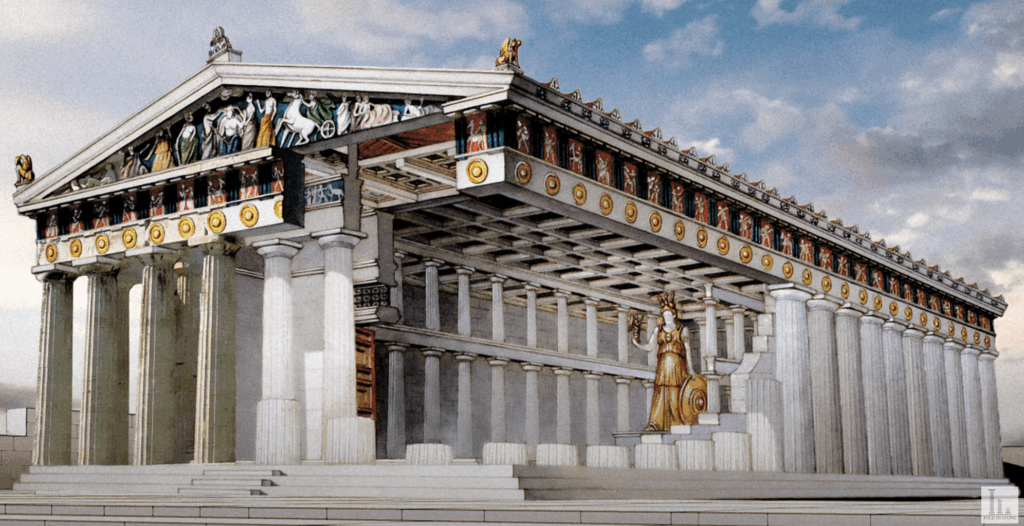
"The ancient Greeks constructed temples starting with mud brick and thatched roofs, evolving over time to more durable materials like stone starting in the seventh century BC."
"Doric and Ionic are the two classical column styles belonging fully to ancient Greece, while the Corinthian column style developed later in ancient Rome."
Ancient Greek architecture is primarily represented by two column styles: Doric and Ionic, with the Corinthian style attributable to Roman influence. Greek temples were initially constructed from mud brick and thatched roofs, evolving to stone structures in the seventh century BC, influenced by Egyptian designs. One notable example of this architectural legacy is Temple C in Selinus, Sicily, a key tourist attraction reflecting the grandeur of ancient Greek civilization. The shift in materials toward lasting structures marked significant advancement in temple construction, showcasing Greeks' dedication to architectural excellence in their sacred spaces.
Read at Open Culture
Unable to calculate read time
Collection
[
|
...
]